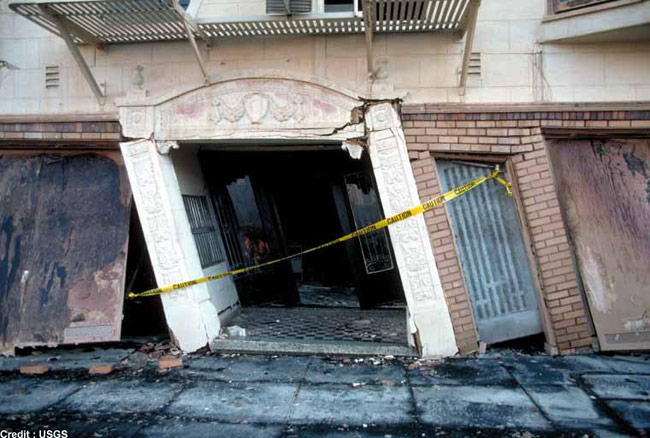New Speed Limit Found for Worst Earthquakes

Earthquake faults may rupture faster than previously thought, seismologists say, possibly meaning more potential destruction in certain quake-prone zones.
The damage caused by an earthquake isn't just a matter of its magnitude on the Richter scale; it also depends in part on the quake's rupture speed, or how fast the edges of the fault separate, says Shamita Das of the University of Oxford in England.
The rupture speed of most earthquakes tops out around 5,600 to 6,700 mph (9,000 to 10,800 kilometers per hour) which is slower than the speed at which seismic shear waves (one type of seismic wave generated by an earthquake) emanate from the epicenter of the quake.
But there can be situations where the earthquake ruptures faster, up to 11,000 to 13,000 mph (18,000 or 21,600 kilometers per hour), and sends out a shock wave that can do more damage than a normal earthquake.
"We have the effect which is like a sonic boom," Das said.
Evidence of cracks
Scientists had long suspected the existence of supershear earthquakes (so-called because they move faster than the shear wave speed), but lacked direct evidence of them.
Sign up for the Live Science daily newsletter now
Get the world’s most fascinating discoveries delivered straight to your inbox.
That changed when a 7.8-magnitude earthquake hit Kunlunshan, Tibet, in 2001. Many open cracks in the earth, set off from the main fault, were observed and thought to be the work of a supershear shock wave.
Das says that these cracks could be used as a "diagnostic tool" to look for further evidence of supershear earthquakes. Her analysis is detailed in the Aug. 17 issue of the journal Science.
Earthquakes like cars
These souped-up quakes can't happen on just any fault, Das noted.
To get a supershear quake you need a very long, straight section of a strike-slip fault (one in which the two sides of the fault slide past one another, instead of under or over each other) to rupture because, as Das puts it, "earthquakes are like cars."
Cars start from rest and accelerate up to some maximum speed. If the road ahead is straight, the car can reach a higher speed than if the road is winding, which would force it to slow down.
The same principle applies to earthquakes, which also start from rest and then reach some maximum rupture speed. If you have a long straight piece of fault (at least 62 miles (100 kilometers) long), the earthquake has time to build up to a much faster speed than it might if the fault curved.
One region for prime development of these supershear quakes is a portion of Calfornia's San Andreas fault that extends from a point several miles southeast of San Francisco in a northwest direction for hundreds of miles along the coast. Should a supershear earthquake develop in such a highly populated area, the destruction would be even more enormous than a typical high-magnitude earthquake.
Das says that seismologists suspect that the catastrophic 1906 San Francisco earthquake could have been a supershear quake, as it was similar in many ways to the 2001 Tibet quake, though any evidence of cracks would have been erased by the rains that fell immediately after the quake and the city's rapid reconstruction.

Andrea Thompson is an associate editor at Scientific American, where she covers sustainability, energy and the environment. Prior to that, she was a senior writer covering climate science at Climate Central and a reporter and editor at Live Science, where she primarily covered Earth science and the environment. She holds a graduate degree in science health and environmental reporting from New York University, as well as a bachelor of science and and masters of science in atmospheric chemistry from the Georgia Institute of Technology.









